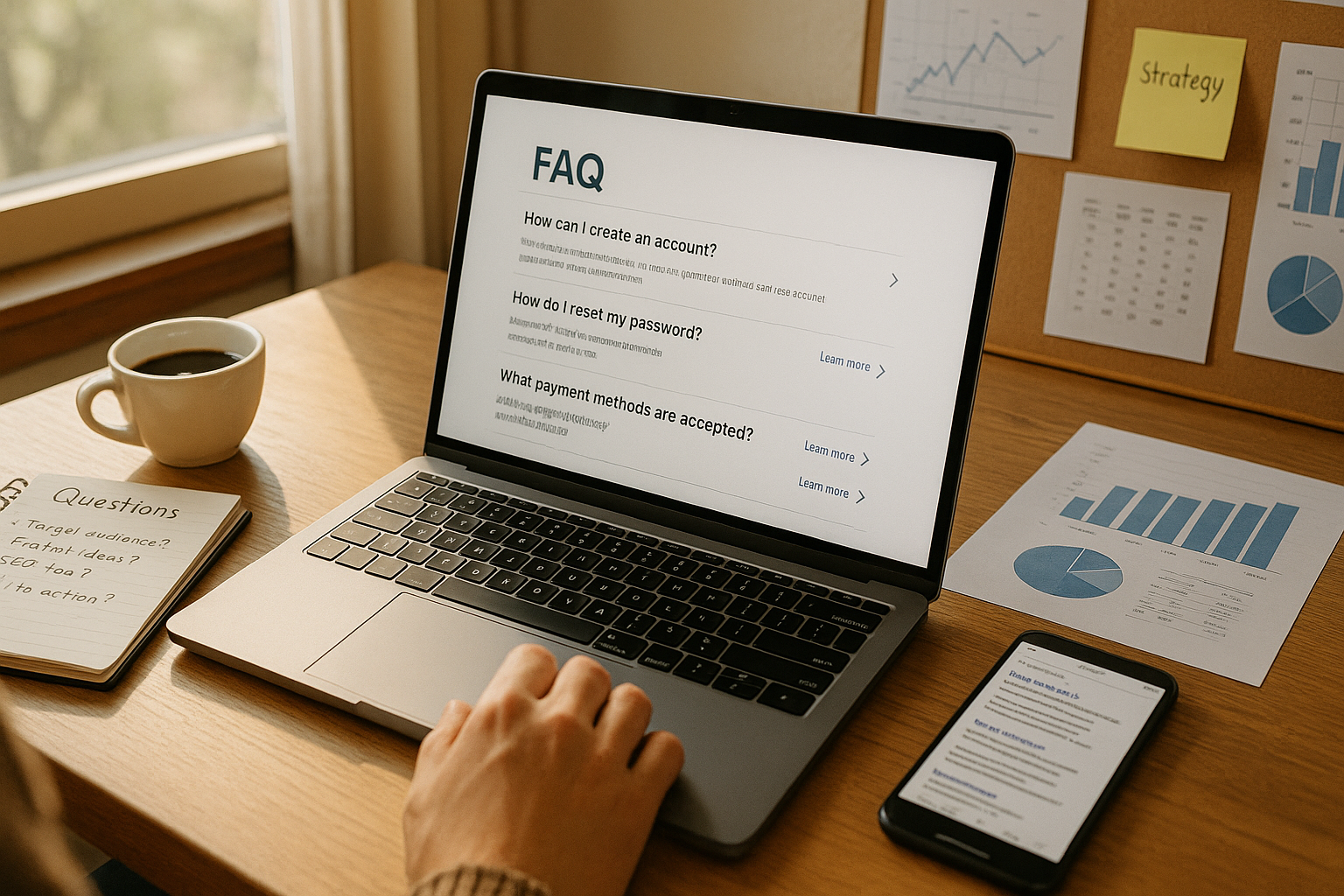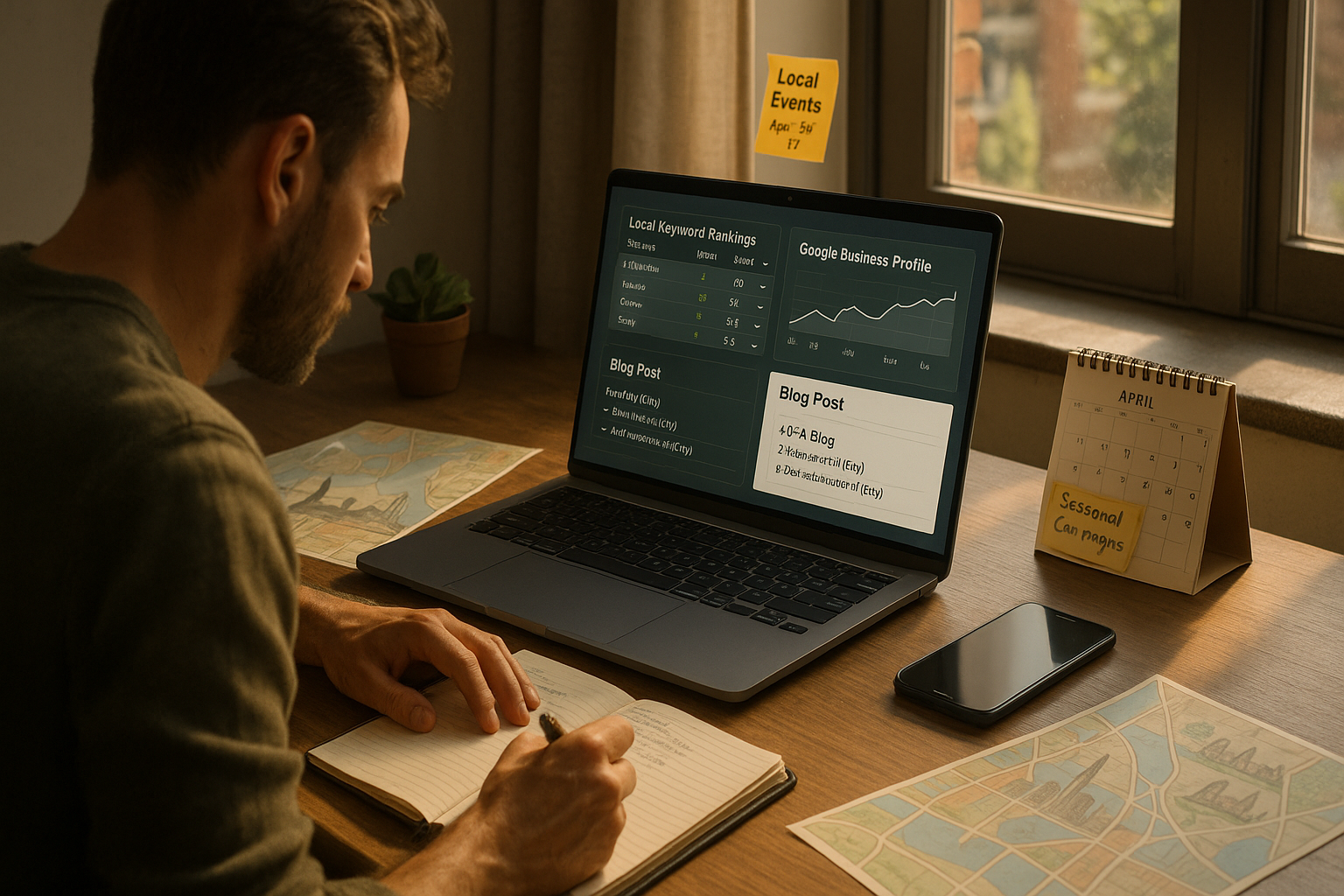What KPIs matter in performance-based SEO?
Performance-based SEO is results-oriented: it’s not about vague promises but provable, measurable improvements. As more businesses demand accountability from digital partners, understanding which Key Performance Indicators (KPIs) truly reveal SEO’s value is essential. These KPIs, from organic traffic to conversion rates and beyond, bridge the gap between search activity and business success. Knowing the right metrics to monitor directly impacts campaign ROI and ongoing growth.
Organic Traffic—Measuring Real Interest
Organic traffic is the total number of users visiting a website from unpaid search engine results, and it is a core proof point for any successful SEO campaign. What makes organic traffic such a foundational KPI is that it’s a direct reflection of how discoverable and relevant a website is for searchers’ needs. Monitoring organic traffic in tools like Google Analytics or Search Console reveals whether content targeting, site structure, and keyword strategies are hitting the mark. Increases in organic sessions not only suggest higher visibility but also underscore that users are choosing to visit the site over competitors. However, tracking traffic alone isn’t enough—true performance-based SEO digs deeper, segmenting which pages and queries drive the most value, and focusing efforts where they deliver tangible business outcomes.
Keyword Rankings—Tracking Search Position
Keyword rankings measure the positions a website occupies for targeted search terms in search engines. High placement, especially on the first page of results, can drive exponentially more visibility and traffic than lower rankings. Consistently tracking keyword rankings with tools like SEMrush, Ahrefs, or Google Search Console allows businesses to see whether their SEO efforts are moving the needle for commercially critical search queries. Rankings should be monitored for both head terms (“SEO”) and long-tail phrases (“affordable SEO agency Philadelphia”), as both bring valuable opportunities. But, as search results become richer and more localized, the focus should be on keyword groups and topical clusters, not just individual keywords. Tracking this KPI helps verify SEO strategies, spot competitive threats, and adjust content plans for maximal gain.
Conversion Rate—From Visit to Value
Conversion rate bridges the gap between website visits and meaningful outcomes, such as filling out contact forms, signing up for newsletters, requesting quotes, or completing purchases. This KPI expresses as a percentage how many organic visitors take a desired action. For performance-based SEO, conversion rate is arguably the most crucial metric, as it translates visibility into revenue or business growth. Using Google Analytics, set up goals or events to monitor desired actions and evaluate which landing pages and keywords lead to the most conversions. Focusing on optimizing content, calls to action, and user experience around high-performing pages will amplify returns. Conversion rate improvements show that SEO delivers not just more traffic, but better, higher-intent visitors who directly support business goals.
Organic Click-Through Rate (CTR)—Winning the Click
Organic CTR measures the percentage of searchers who click on your link after seeing it in the search results. Ranking high matters, but enticing users to actually click is critical. Title tags, meta descriptions, structured data, and the presence of star ratings or rich snippets can dramatically influence CTR. A low CTR for a high-ranking keyword may indicate missed opportunity—your page appears, but fails to attract interest. Using Google Search Console, monitor CTR at the keyword and page level, then test more enticing copy, add schema markup, or pursue featured snippet placements to boost results. Improvements in CTR indicate your listings are outshining the competition, delivering more visitors with every impression.
Bounce Rate and Engagement Metrics
Bounce rate reflects the percentage of visitors who land on a page and leave without further interacting, while broader engagement metrics (like average session duration and pages per session) reveal depth of interest. While some high bounce rates are normal, consistently high rates may suggest content mismatches, slow loading, or poor site usability. Engagement KPIs help diagnose both problems and opportunities: Are users reading your blog, exploring services, or exiting after a few seconds? Tools like Google Analytics 4 offer granular insights, letting you examine how organic visitors engage compared to other channels. Reducing bounce rate and increasing engagement correlate strongly with satisfied, interested visitors—which, in turn, can boost rankings and conversions.
Core Web Vitals and Site Speed—UX & Technical Excellence
Google’s Core Web Vitals (CWV)—metrics including Largest Contentful Paint (LCP), Interaction to Next Paint (INP), and Cumulative Layout Shift (CLS)—are now essential SEO KPIs. These vitals assess page speed, interactivity, and visual stability, directly influencing rankings and user satisfaction. A slow or unstable page can drive away users before they ever convert. Tools like PageSpeed Insights or Lighthouse give actionable recommendations to improve CWV. Achieving strong CWV scores enhances both SEO performance and user experience, translating to better rankings, higher engagement, and greater conversions. Technical excellence is no longer a “nice-to-have”—it’s a ranking and conversion necessity.
Backlink Profile Strength—Building Authority
Backlinks—links to your site from other reputable domains—act as votes of trust and authority in the eyes of search engines. The number, diversity, and quality of a site’s backlink profile are among the most influential ranking factors in Google’s algorithm. Track metrics like number of referring domains, link quality scores (Domain Authority or Domain Rating), anchor text variety, and the pace of new versus lost backlinks. Strong backlink profiles not only boost rankings for target keywords but also protect against competitors and future algorithm changes. Regular backlink audits ensure links are relevant, natural, and free from harmful spam. Strategic link building remains an indispensable part of every high-performing SEO campaign.
Indexed Pages and Crawlability
Indexed pages are those that search engines have discovered, crawled, and included in their results. A site might have hundreds of quality pages, but if they’re not indexed, they deliver no SEO value. Crawlability metrics, including crawl errors, index coverage, and noindex tags, highlight technical issues that may prevent pages from appearing in search. Google Search Console is the main tool for diagnosing and resolving these issues. Monitoring indexed pages ensures all valuable content is accessible and optimized for traffic and rankings, while quickly flagging accidental noindexing, blocked resources, or technical missteps that could impede performance-based results.
Local SEO Metrics—Google Business Profile and Map Pack
For local businesses and service providers, local SEO metrics such as Google Business Profile (GBP) performance, local pack rankings, and Google Maps visibility are vital. Key KPIs include direction requests, GBP-driven calls, reviews, ratings, and local keyword rankings. GBP Insights and separate SEO tools help analyze which activities drive actual leads and in-store visits. Keeping NAP (name, address, phone) consistent across directories, optimizing listings, encouraging reviews, and monitoring local ranking progress are all best practices to boost local SEO KPIs. High visibility in local search and maps increases foot traffic and phone calls, delivering measurable real-world value.
SEO ROI, CPA, and Cost Metrics
ROI (return on investment), CPA (cost per acquisition), and related KPIs tie all SEO efforts back to business results and financial performance. Calculating the revenue or value generated from organic search against the cost of SEO services offers the true scorecard for any performance-based agreement. Monitor these using CRM integrations, Google Analytics e-commerce tracking, or call tracking. Evaluating CPA reveals how cost-effectively SEO delivers leads or customers; rising ROI shows sustained campaign value. Transparent, data-driven reporting empowers both agencies and businesses to optimize budgets, allocate resources wisely, and focus on highest-impact tactics.
Performance-based SEO thrives on transparency, accountability, and results. By tracking KPIs like organic traffic, rankings, conversion rates, user engagement, site speed, backlinks, indexation, local metrics, and ROI, teams ensure their search efforts drive palpable value. Regular KPI review and optimization not only prove success to stakeholders but also shape ongoing strategies for maximum impact. With a focus on these core metrics, businesses and agencies set themselves up for growth, profit, and enduring digital presence.












